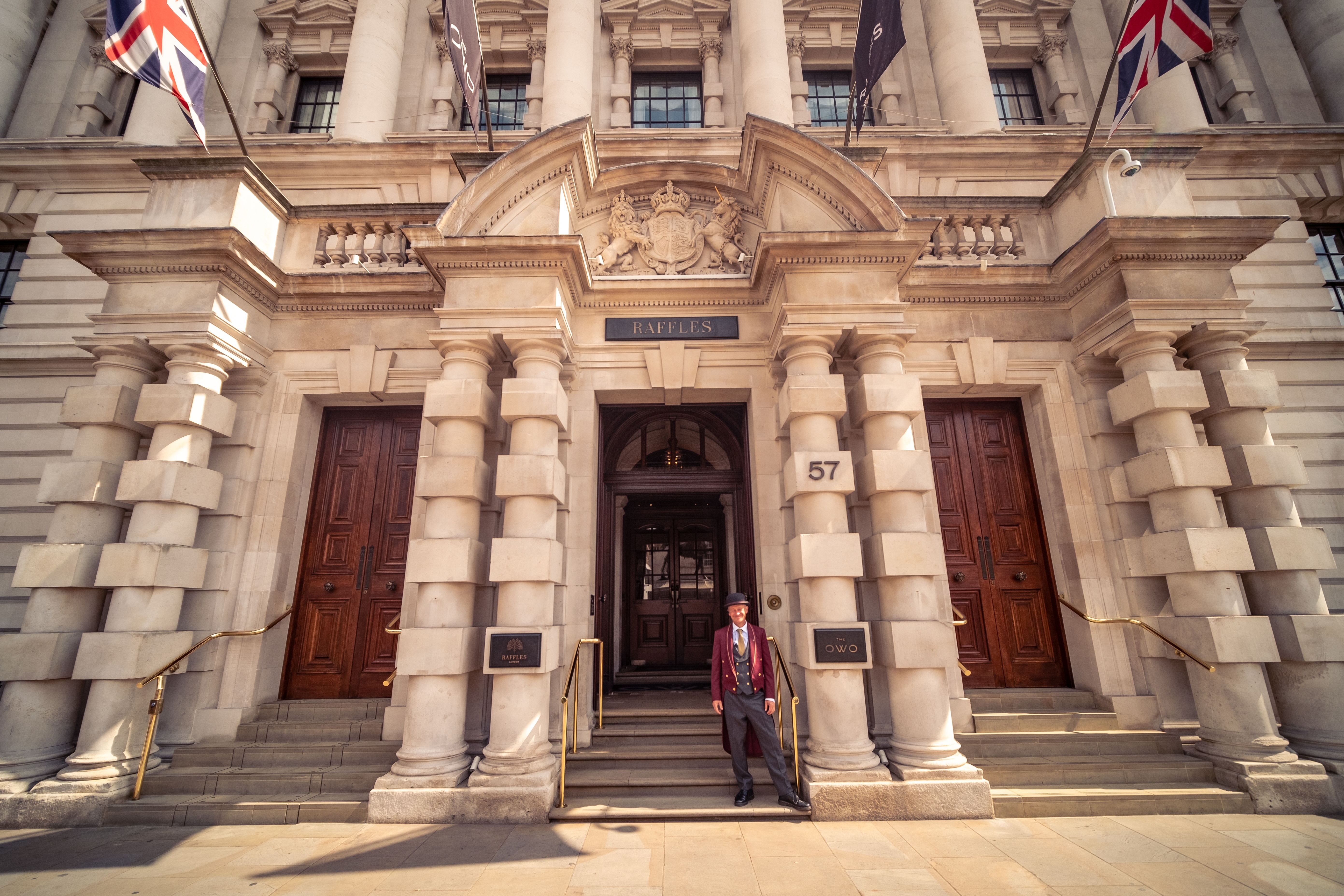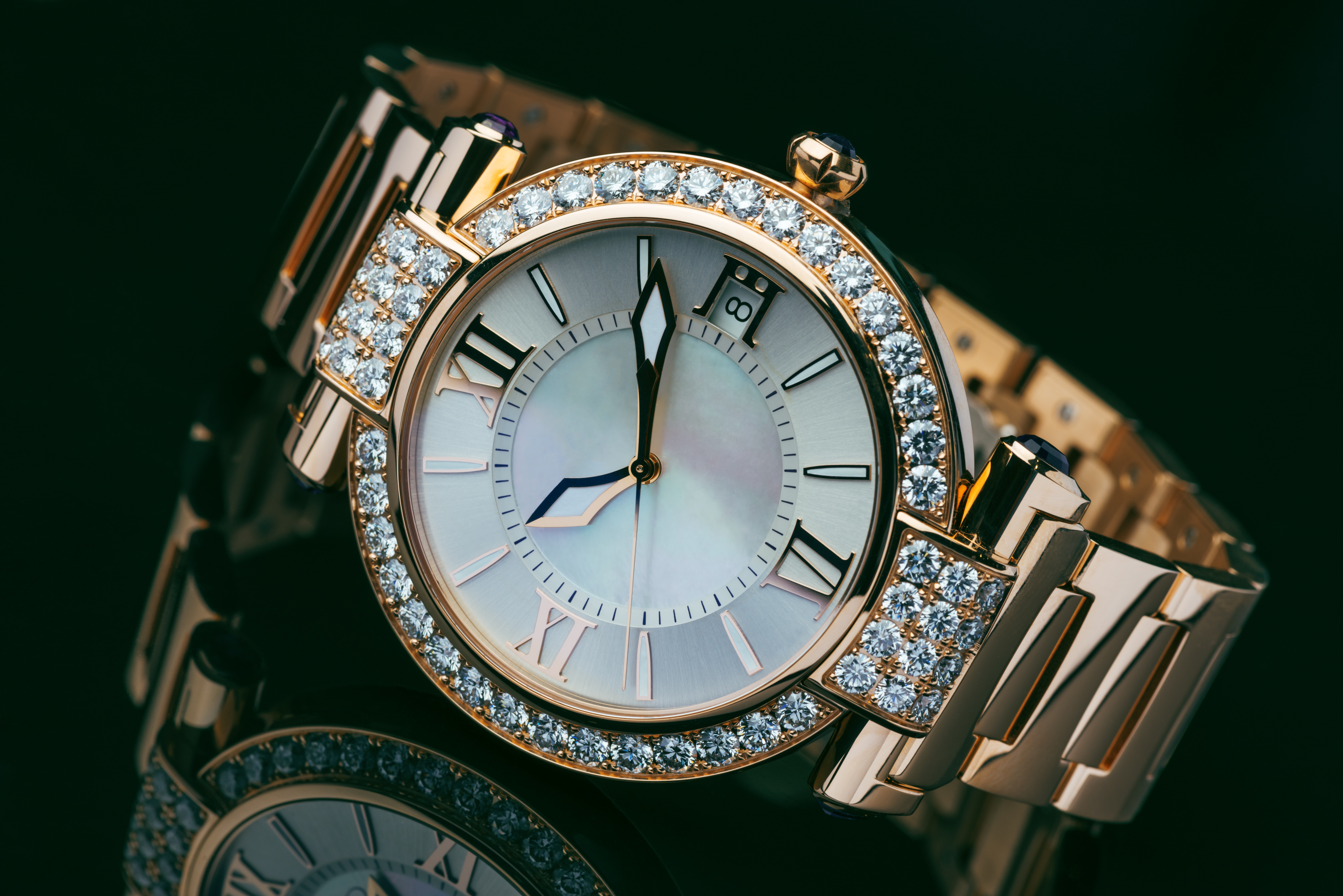Most Popular Dog Breeds UK
As far as companionship is concerned, it’s a truism that a dog is a man’s best friend. Once a dog joins a family, it becomes an integral part of it and a blessing, indeed.
The United Kingdom is a great place to raise a family with dogs. From public transport to cafes, restaurants, parks, and beaches, most venues are dog-friendly. Moreover, there are few legal impositions on dog ownership – it is no wonder that the country has a 13.5 million-strong domestic dog population. Read on to learn about the best dog breeds in the UK.

Labrador Retriever
The Labrador Retriever is the most popular breed in the United Kingdom and the United States. This breed, loved by all for its disarming playfulness and seemingly endless reservoir of energy, originated in the United Kingdom as a retriever gun dog (a dog trained to retrieve a hunter’s kill).
The breed came into existence in the latter half of the 19th century, when the 3rd Earl of Malmesbury, the 6th Duke of Buccleuch, and the 12th Earl of Home collectively mated some Newfoundland-origin dogs with the Buccleuch Labrador to create a Labrador Retriever. Its versatility was recognised immediately and stands true even today – it can be trained as a therapy dog, guide dog, or even a rescue dog.
Its ease in various environments and its sociability have undoubtedly rendered the Labrador a family favourite.
Newfoundland
Newfoundlands are huge, restrained, and furry creatures that come from the dominion of Newfoundland (part of present-day Canada). Popularly known as “Newfie,” they used to serve as fishermen’s dogs in the region before being discovered by English and Irish explorers.
Their tenacity and strength captivated the Europeans, who took a pack of them back home. When the Newfies first came to England, they were used for hard labour such as pulling carts.
Their double-layered, water-resistant, and woolly coat paired with special webbed paws makes them true aquatic creatures at heart. They also boast a robust muscular build — a Newfie can be as heavy as 68 kilograms — which helps them weather overpowering tides, making them ideal marine rescue dogs.
As established gentle giants, a Newfoundland can truly enliven a household. They are great with children, extremely intelligent, and, of course, loyal to a fault.
Dachshund (standard and miniature)
A Dachshund, the iconic little sausage dog, is defined by its intelligence, an unwavering love for its family, and its distinctive build. Notwithstanding their infamous stubbornness, there’s no doubt that their love and loyalty run deep.
The Dachshund originated in Germany as a result of mixing German, French, and English Terriers. These dogs were bred to be scent-trained hounds; their elongated bodies rest on tiny muscular legs, thus making them the perfect candidates for sniffing and fishing out badgers from burrows.
Their coat can vary from smooth to wiry and long, and its size can range from standard to miniature and kaninchen (which translates to “rabbit” in German). Miniature and standard Dachshunds are common in the United Kingdom. It used to be a popular breed among royalty and nobility — Queen Victoria was particularly fond of them.
French Bulldog
The French Bulldog is one of the most popular and expensive breeds in the country, besides being one of the most registered breeds in the United States and Australia.
As the name suggests, it originated in France by mixing Parisian rat-catching breeds with English toy bulldogs. They were and still are predominantly companion dogs, admired for their adorable “flat face,” winsome smile, and affectionate nature.
Cavalier King Charles Spaniel
Cavalier King Charles Spaniel is a British toy dog with an interesting royal pedigree. Its ancestor is the King Charles Spaniel, a swift little puppy famously owned by John Churchill, the 1st Duke of Marlborough. It came to be known as “Blenheim,” after the Duke’s victory at the “Battle of Blenheim.”
When the Blenheim line faded away, there was immense effort invested into recreating the bona fide Blenheim breed. These ventures have been documented in the book "Toy Dogs and Their Ancestors, Including the History And Management of Toy Spaniels, Pekingese, Japanese, and Pomeranians," which detailed breeding efforts with the Toy Trawler Spaniels. By the 1920s, the attempts came to fruition, and a breed of the Cavalier King Charles Spaniel was born. Notwithstanding World War II almost extinguishing the breeding stock, the troupe survived.
Today, they are known as the ever-affable lap dog, known to be friendly with practically everyone. They're especially great with children.
Bichon Frise
Bichon Frises are small, fluffy, and feisty toy dogs, known for relishing the spotlight.
This Franco-Belgian breed was a popular fixture in the royal courts of Spain, France, and Italy. With spotless white fur and cloudy lightness, it was viewed as a pretty showpiece – no doubt, a Bichon Frises’ characteristic love for attention stems from its royal heritage. Eventually, they were bred for circuses and exhibitions as they are intelligent, amiable, and easy to train.
Today, Bichon Frises are affable family dogs that strike friendships with strangers, children, and even cats. They’re a favourite among the wealthy and famous, as they're extremely high-maintenance and need regular professional grooming.
Pug
Pugs are universally adored for their innocence, mischief, and mirth. They never fail to disarm dog enthusiasts with their classic brachycephalic “flat-faced” appearance, stocky build, and curled tail. Due to their unique charm, the American Kennel Club crowned them with a special motto: Multum in parvo, or “much dog in a small space.”
The pug is an ancient breed, dating to 400 B.C. Its ancestor, the Lo-Sze, was a significant part of the Song dynasty in China. It was later mixed with other breeds – some speculate that the Happa dog was one of them. This resulted in the pug as we know it today. Pugs didn’t captivate the Europeans until the Second Opium War when the French and the British captured hordes of them and took them to their respective native lands.
The pug has always been a prestigious animal. Besides being important members of the Chinese royal families, they were also companions of the great Buddhist monks in Tibet. It maintained its elevated status throughout Europe, being bred and raised by royals and aristocrats.
Irish Setter
Originally known as the “Red Setter,” the Irish Setter is an unmatched family companion. In spite of being a hunting dog at its core, it is known for its gentle persona and sheer kindness towards other living beings.
As its name suggests, it originated in Ireland, presumably sometime in the early modern period. However, there is a mention of the Irish Setter or a similar breed in the 1616 publication, “The Country Farme," which stated: "There is also another sort of land spannyels which are called Setters.” By the 1800s, many Irish aristocrats were breeding their own setters. This highly selective breeding contributed to the setter’s unique reddish-chestnut hue.
The Irish Setter is a striking dog with a lissome build, velvety fur, and lustrous sheen. They are extremely active and demand a constant stream of activity. Naturally sweet-natured and docile, they are widely used as therapy dogs.
Pembroke Welsh Corgi
Corgi, which means “dwarf” in Welsh, is the name given to a tiny cattle-herding dog hailing from Pembrokeshire in Wales.
Dating to the 12th century, legend has it the Corgis were created by fairies to be used as a swift means of transport. It is believed that only someone with an untainted and kind heart can see the fairy saddled on a Corgi’s back. However, historians believe that Flemish weavers brought packs of Corgis with them when they moved to Wales.
As suggested by its name, Corgis are known for their small stature, wolf-like facial features, and firm, erect ears. Their double-layered coats are typically tri-coloured, featuring hues of fawn, black, tan, white, sable, and red. Corgis are known for being friendly, sociable, and playful with children. Ranked 11th in Stanley Coren's The Intelligence of Dogs guide, they demonstrate alertness, dexterity, and quick learning.
Corgis are famously the pick of the bunch for Queen Elizabeth II, who owned over 30 Corgis throughout her life.
Few things in life can be as fulfilling as having a dog. 19th-century American humorist Josh Billings’ observation will never cease to ring true: “A dog is the only thing on earth that loves you more than you love yourself.”



